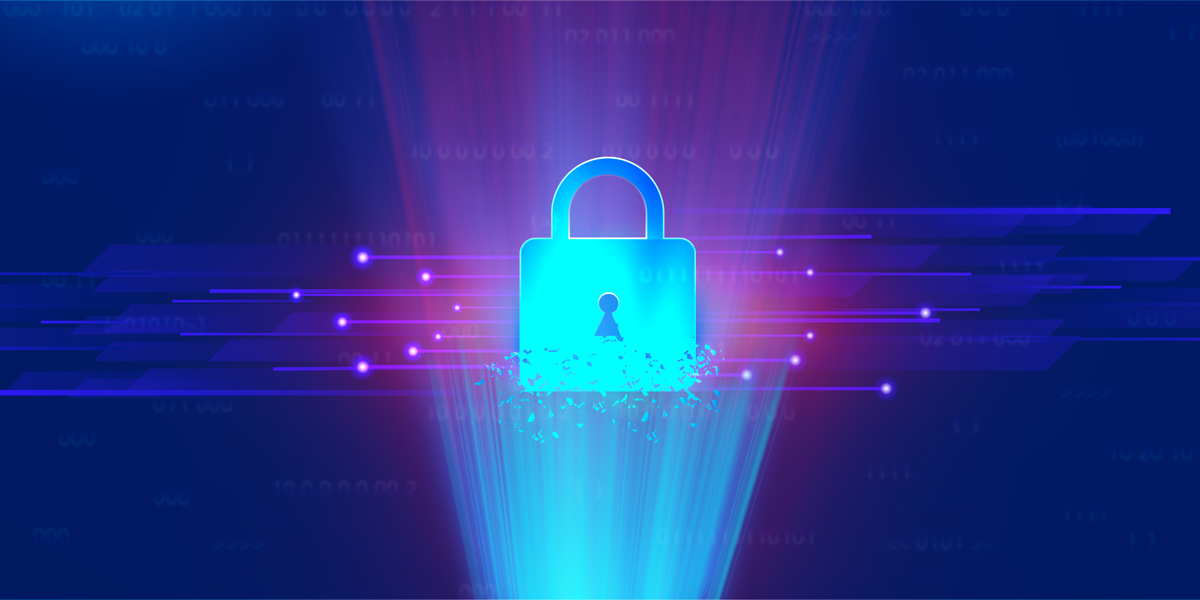Exploring the Toll of Ransomware
In the digital age, businesses face a growing threat that has the potential to cripple operations, tarnish reputations, and drain resources – ransomware.
Ransomware attacks have become increasingly sophisticated, posing a significant risk to organisations of all sizes and in all industries. The aftermath of such attacks extends far beyond the immediate financial demands, often leaving lasting consequences.
What risks do organisations face from ransomware?
- Financial Impact
- Operational Disruption
- Reputational Damage
- Data Loss and Intellectual Property Theft
- Compliance violation fines and legal expenses
The average cost per ransomware incident worldwide is expected to surpass $5 million in 2023 according to the Acronis 2022 End-of-Year Cyberthreats Report.
Ransomware attacks can wreak havoc on businesses, causing significant financial harm through various channels, whether directly or indirectly. When it comes to direct costs, businesses may find themselves paying a ransom to retrieve their encrypted data. According to a survey conducted by Statista in 2022, a total of 62.9% of victims of ransomware attacks paid the ransom.
Additionally, direct costs also include the cost of using experts to eliminate the malicious software and restore compromised systems. This can add to the financial burden experienced by a compromised organisation.
Indirect costs can also emerge in the form of lost productivity and revenue due to downtime when your organisation’s critical systems were inaccessible. Ransomware attacks can bring a business’s operations to a screeching halt. In the event of a successful attack, systems and networks can be rendered inaccessible, paralysing critical functions. This disruption often leads to significant productivity losses, delayed deliveries, missed deadlines, and customer dissatisfaction. The resulting downtime and the efforts required to recover further add to the overall cost burden.
Additionally, the damage inflicted on an organisation’s reputation can lead to a loss of trust among customers and partners. When news of a ransomware attack spreads, a business’s reputation takes a substantial hit. Customers, clients, and partners may lose trust in the organisation’s ability to safeguard their sensitive information. The negative publicity can deter potential customers, erode existing relationships, and lead to revenue decline. Rebuilding a tarnished reputation is an uphill battle that requires substantial investments in communication, public relations, and customer reassurance.
Compliance violation fines and legal expenses may also come into play, amplifying the overall impact on the organisation’s financial well-being. Ransomware attacks often involve data breaches, where valuable information may be stolen or encrypted, making it unusable. Losing customer data or intellectual property can have severe consequences, both financially and legally. The potential loss of trade secrets, patents, or proprietary information can cripple a company’s competitive advantage, impact research and development efforts, and result in lost business opportunities.
It is crucial for businesses to recognise the comprehensive nature of the financial consequences tied to ransomware attacks. Being aware of both the direct and indirect costs involved can serve as a catalyst for taking proactive measures to prevent such incidents and strengthen cybersecurity defences.
Strengthen your Security Measures
Following a ransomware attack, businesses must invest in bolstering their cybersecurity infrastructure. This entails implementing robust firewalls, intrusion detection systems, endpoint protection, and employee training programmes. These additional security measures are crucial for preventing future attacks.
- Ransomware attack response plan: Having a well-prepared ransomware attack response plan in place enables organisations to respond swiftly, minimise damage, and recover more effectively from such incidents. Organisations should plan for detection and isolation so that in the event of an attack the organisation can isolate the affected systems or networks to prevent the spread of malware.
- Secure Backup and Recovery: Regularly back up critical data and ensure that backups are stored securely, separate from the primary network. This allows for data recovery without paying the ransom. Test the restoration process to ensure backups are effective.
- Employee Education: Conduct regular training sessions to educate employees about ransomware risks, best practices for email and web browsing, and how to recognise and report suspicious activities.
- Post-Incident Analysis: Conduct a thorough analysis of the attack to discover weaknesses in your system.
- Continuous Improvement: Regularly update and enhance cybersecurity protocols, including network security, patch management, and access controls.
An Extensive Solution: Acronis Cyber Protect
Fortunately, a solution does exist. Acronis Cyber Protect is an integrated system that combines security, backup and disaster recovery.
Acronis uses artificial intelligence (AI) to safeguard businesses against ransomware attacks. By leveraging AI technology, it analyses file and application behaviour, detects malicious activity, and terminates harmful processes. With its anti-ransomware engine, it actively blocks encryption or deletion attempts on data, protecting against various malware threats. One of the added benefits is that Acronis integrates with various applications such as with Microsoft 365 and Google Workspace where it can protect clients’ applications and data with comprehensive cyber protection.
Additionally, Acronis Cyber Protect offers efficient data backup and disaster recovery features, enabling swift restoration of encrypted data. With pre-built integration to configure Google Cloud storage and Microsoft Azure as a destination for Acronis Cyber Protect Cloud backups. This solution proves invaluable in preventing and mitigating the damaging effects of ransomware attacks on businesses.
—
When you consider the impacts posed by ransomware on an organisation, investing in an effective cybersecurity solution is imperative.
Ransomware attacks have become an unfortunate reality for businesses in today’s interconnected world, and as we’ve discussed, the costs incurred are not limited to the ransom payment itself but extend to a wide range of direct and indirect consequences.
It underscores the importance of proactive cybersecurity measures, employee education, and incident response planning to mitigate the risks associated with these attacks. By investing in robust defences, businesses can better safeguard themselves against the ever-evolving threat of ransomware.
Radical Cloud Solutions is a proud partner of Acronis Cyber Protect. Let us know if you’d like to find out more about how it can be used to protect your organisation.




